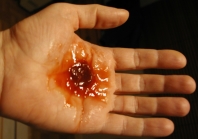
 |
|
Lubomyr Prytulak Ukrainian Archive, www.ukar.org 04-Mar-2003 |
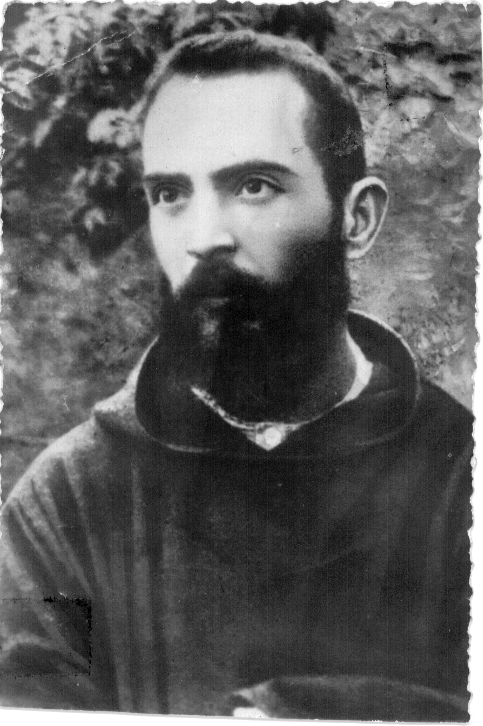 Padre Pio When Young www.padrepio.com/app1p.html |
|
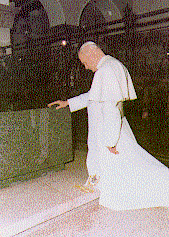
|
He is credited with performing two miracles after his death for people who prayed to him. Before his beatification � the penultimate step before sainthood � he was credited with the medically inexplicable healing of an Italian woman who had a lung disease. The second miracle was the curing of an 11-year-old Italian boy who had meningitis and whose mother prayed to Padre Pio while her son was in a coma. www.lightwatcher.com/lightbytes/padre_pio_sainted.html |
Dorsal Stigmata Photo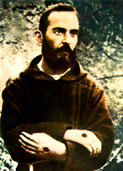
|

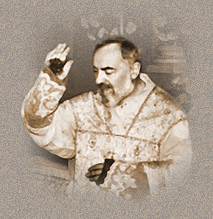
|
|
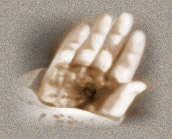

|
||
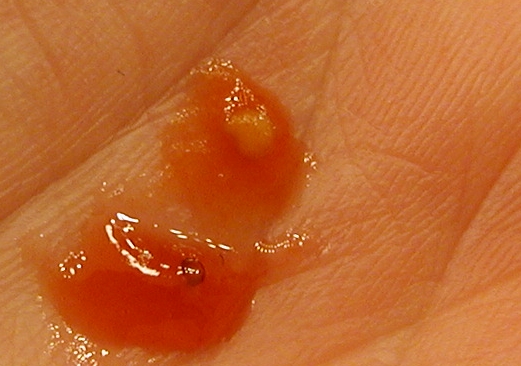 |
|
|
A
 A smaller version of the Padre Pio When Young photo that appears at the top of the present letter. |
B
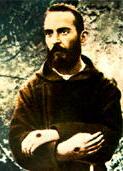 Dorsal Stigmata Photo left-right reversed. |
C
 A white plumb line from the V of Padre Pio's neck would hit the top of the cuff of his left sleeve. |
D
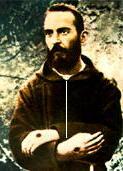 The same white plumb line entirely misses the cuff of the left sleeve. | |||
|
Without Plumb Line |
With Plumb Line |
|||||
1923
www.vocedipadrepio.com/eng/default2.asp?page=page2.htm |